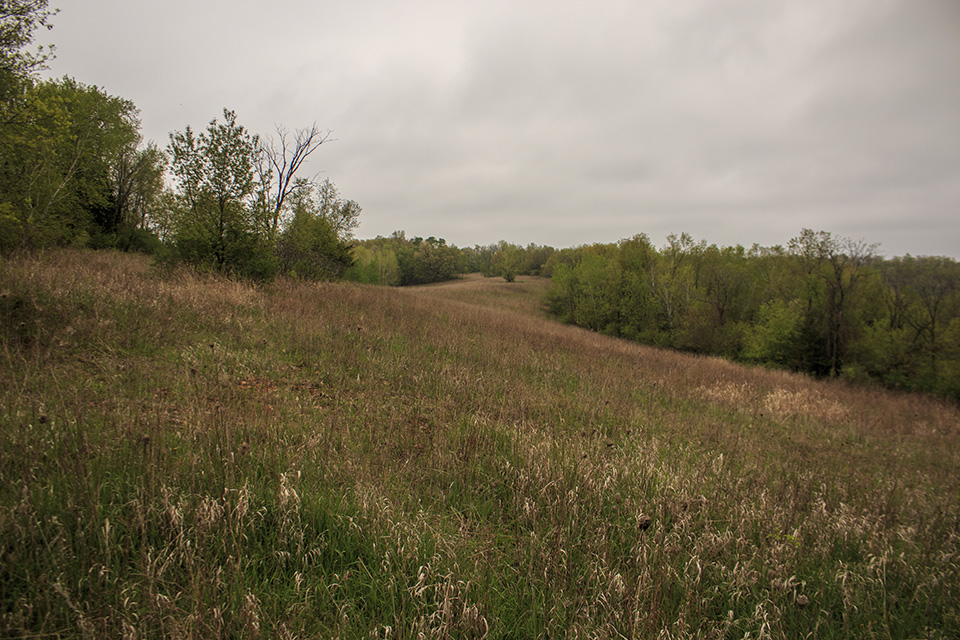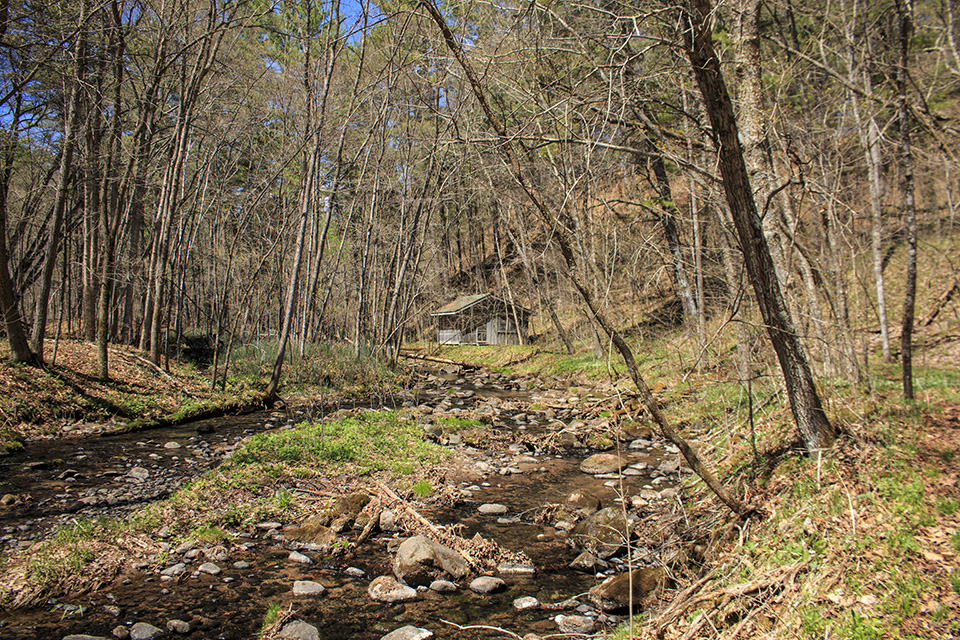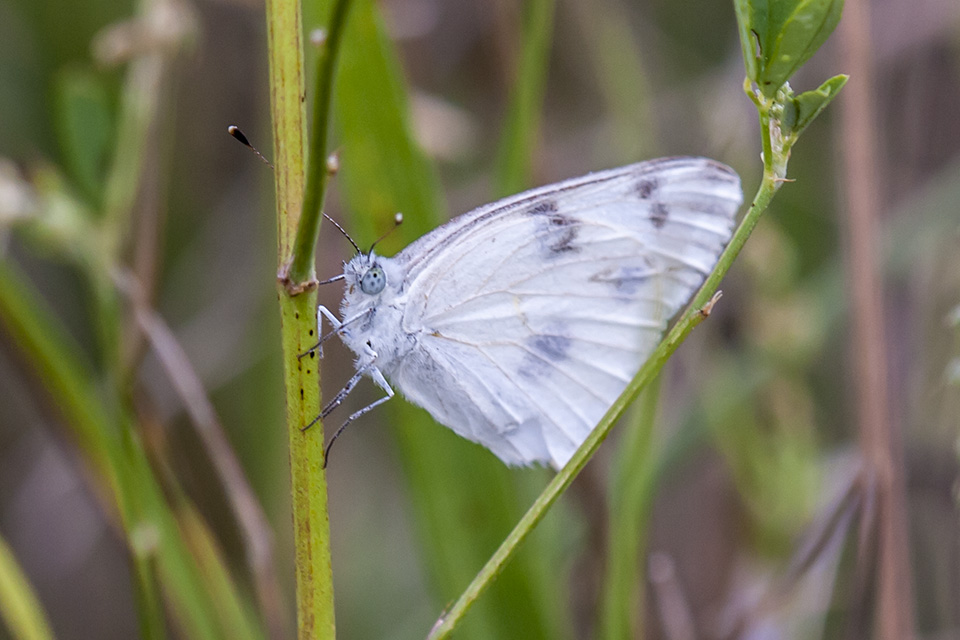Brownsville Bluff Scientific and Natural Area, in Houston County, was designated on January 19, 2016, to protect habitat for the milk snake and the state threatened western ratsnake. Neither snake is poisonous. The site consists of 286 acres bedrock bluff covered with windblown sediment. The 39-acre south section is a wildlife sanctuary that is closed to the public. The eastern-facing slopes are moderately steep to very steep. They have a mature, moderately moist forest of sugar maple, basswood, ironwood, northern red oak, and white oak. The west-facing slopes are less steep. They have a dry to moderately moist mature forest of bur oak, northern pin oak, northern red oak, and paper birch, with some shagbark hickory, white oak, and black walnut. At the top of the bluff there is a prairie that has been used as an agricultural field. It will be restored to prairie and savanna.
An access road leads from the parking area (walk around the gate) 0.67 miles to the top of the bluff. A footpath follows the cleared fields on the bluff top to the northern boundary. Another footpath leads east from there to a spectacular overlook at the northeast corner of the SNA, a dizzying 400 feet above the road below.
http://www.minnesotaseasons.com/Destinations/Brownsville_Bluff_SNA.html



